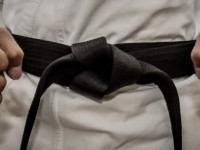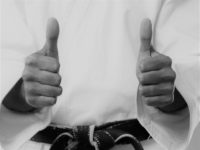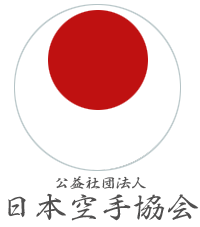The actual translation of the word tsuki is "thrust." Technically, any thrusting technique can be labelled as tsuki. In Karate, tsuki is the term used for punches. These attacks are traditionally delivered with the front two knuckles of the fist, called Seiken (fore-fist). In this section, tsuki will also refer to spear-hand attacks and techniques…
Learn more
Karate Punches




